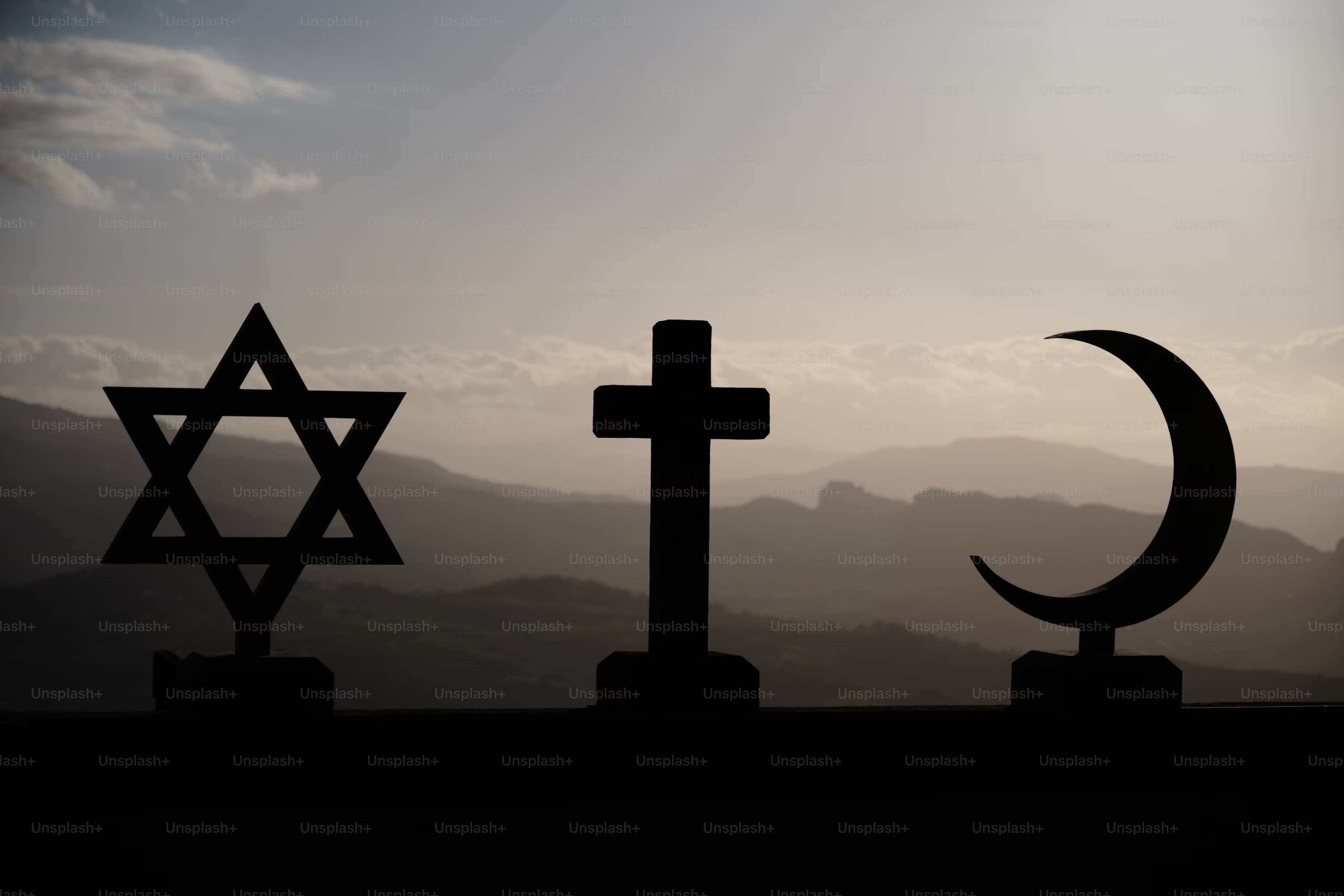The world today is evolving faster than ever, and those of us who grew up in the 80s—hello, fellow Millennials—have witnessed this transformation firsthand. We’ve watched as the world moved from dial-up internet to the high-speed fiber optics that keep us connected around the clock. We’ve traded our old flip phones for sleek smartphones and witnessed the rise of affordable gadgets that have completely redefined how we live and communicate.
But the rapid pace of change isn’t just about the devices in our pockets. Today, people are more interconnected than at any other time in history. We travel more, build global networks, and forge friendships that span continents and cultures. In this increasingly international world, English has become the global lingua franca, helping us all communicate across borders. Yet, with this heightened connectivity comes the need to adapt to different cultures. And here’s where things get interesting—this is where the conversation about assimilation versus acculturation comes into play.
Assimilation: Leaving Behind Your Roots
Let’s talk about assimilation first. When you hear the word, it’s usually tied to the idea of fitting into a new environment by adopting the dominant culture. At first glance, it might seem like a straightforward way to blend in, make friends, and find common ground in a new country or community. But there’s a darker side to assimilation—one that many people overlook.
When individuals assimilate, they’re often asked, directly or indirectly, to let go of their original culture. This means abandoning traditions, leaving behind languages spoken by generations, and even discarding values that once defined who they are. Imagine the challenge of moving somewhere new and feeling like you have to leave behind everything familiar—your food, your music, your way of life—just to be accepted. It can be isolating and disorienting.
In this scenario, assimilation doesn’t just ask people to adapt; it demands that they erase parts of their identity in favor of adopting someone else’s. And the result? A sense of being caught between two worlds, belonging to neither. When your original culture fades away, but you haven’t fully embraced the new one, it leaves many feeling like they’re floating without an anchor.
Acculturation: A Fusion of Identities
Thankfully, there’s another way: acculturation. This process is much kinder and far more empowering. Unlike assimilation, acculturation doesn’t ask you to erase your past to move forward. Instead, it invites you to integrate aspects of a new culture while holding tight to the values, traditions, and heritage that make you uniquely you.
Acculturation fosters the best of both worlds. It allows you to engage with and enjoy the new environment, all while maintaining a connection to your roots. Whether that means celebrating a traditional holiday from your homeland while embracing local customs or speaking your native language at home while mastering another language at work, acculturation celebrates diversity.
In fact, people who acculturate often experience better mental health than those who assimilate. By honoring their past and adopting aspects of a new culture, they tend to feel more connected, less anxious, and more empowered. And it’s not just about personal well-being—acculturation helps create thriving, inclusive communities. When different cultures interact respectfully and authentically, they inspire innovation, creativity, and problem-solving. A diverse blend of ideas can lead to breakthroughs in business, science, and society as a whole.
Why Acculturation Matters in Today’s World
So, with all this in mind, why does acculturation triumph over assimilation? One reason is that acculturation recognizes the complexity of identity in an interconnected world. It offers a path that nurtures both individual expression and societal cohesion. It helps create vibrant communities where everyone, regardless of their background, can contribute to the larger picture without feeling forced to conform or erase their heritage.
But here’s the thing: while acculturation is undoubtedly a more holistic and sustainable path, we’re not always given the choice. Societal pressures still exist, and they often push people towards assimilation. We hear phrases like “fit in,” “conform,” or “act like a local,” which can subtly imply that cultural differences are something to be minimized rather than celebrated.
This isn’t the world we want to live in, is it? What if, instead, we made space for everyone to bring their full selves into the communities we build? What if diversity were seen not as a challenge to overcome, but as a resource that strengthens us all?
Moving Toward a Global Culture of Inclusion
As the world becomes increasingly interconnected, it’s clear that acculturation offers a richer, more fulfilling path for individuals and society. But there’s still work to be done to ensure that everyone, regardless of their background, has the freedom and support to retain their cultural identity while adapting to new environments.
One question worth reflecting on is: Are people from all cultures and religions truly treated the same way in today’s global society? And if not, why not? These are questions that deserve thoughtful consideration. It’s only by asking—and answering—such questions that we can move toward a more inclusive future, where everyone has the opportunity to be their authentic selves.
So, what do you think? Should we strive for acculturation, or does assimilation still have its place in today’s rapidly changing world? Share your thoughts—let’s keep this conversation going! 🌍

Leave a Reply